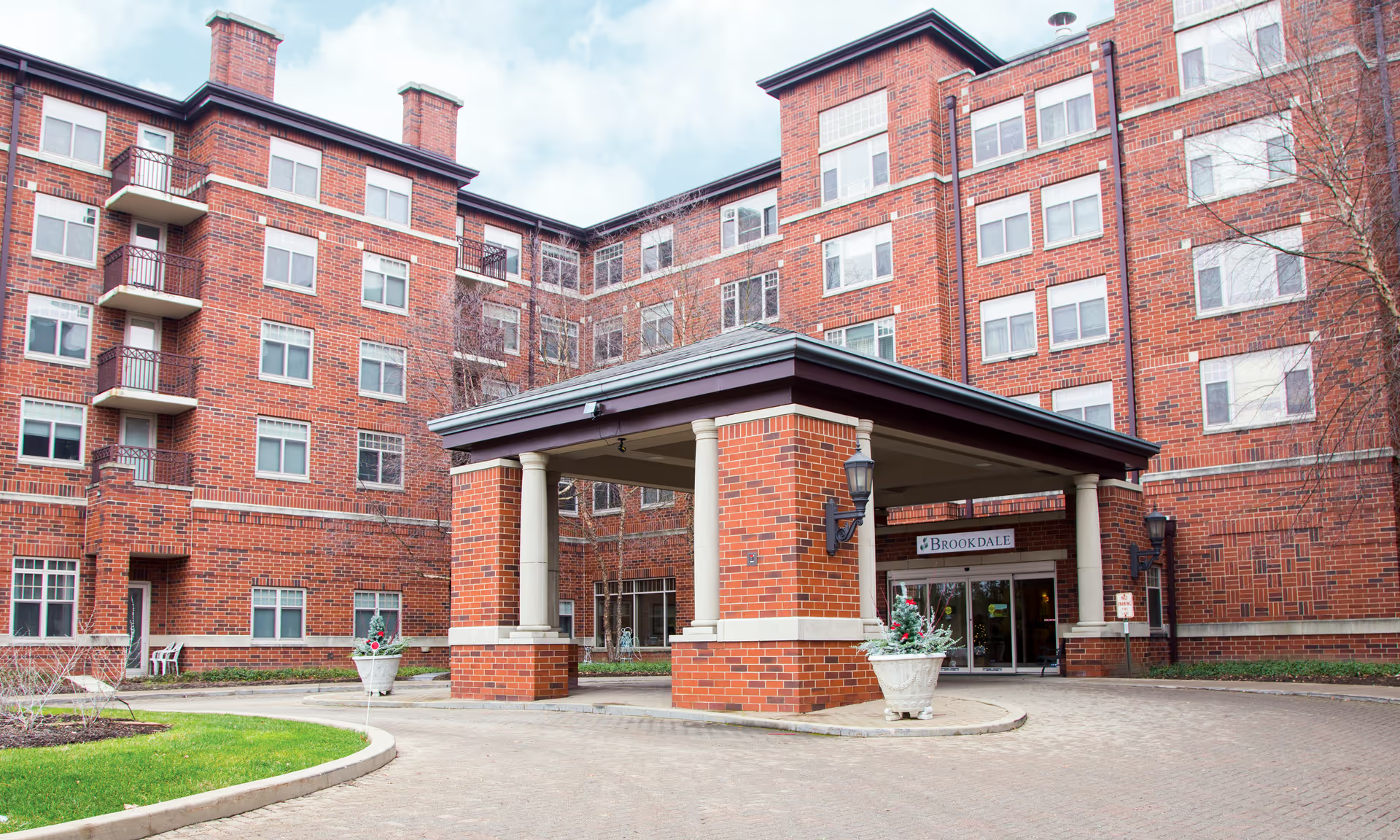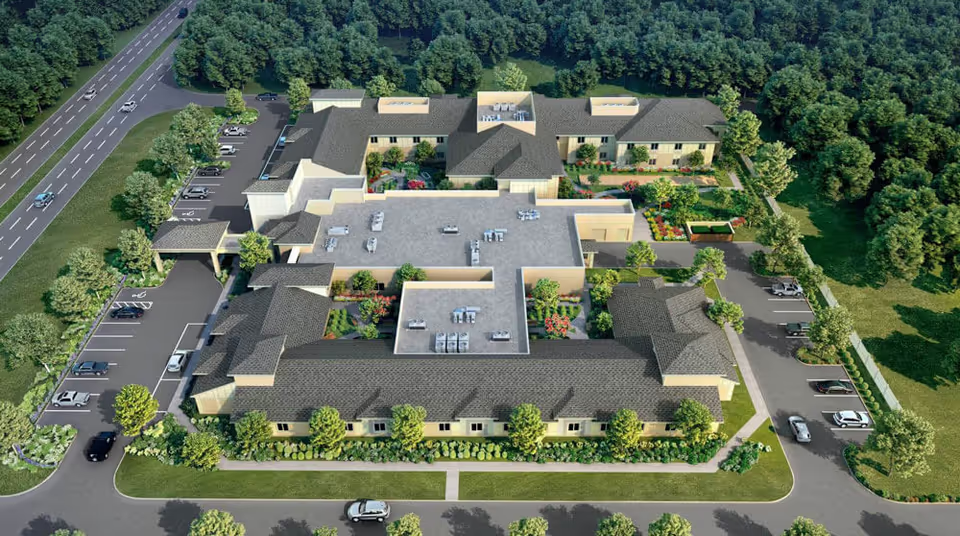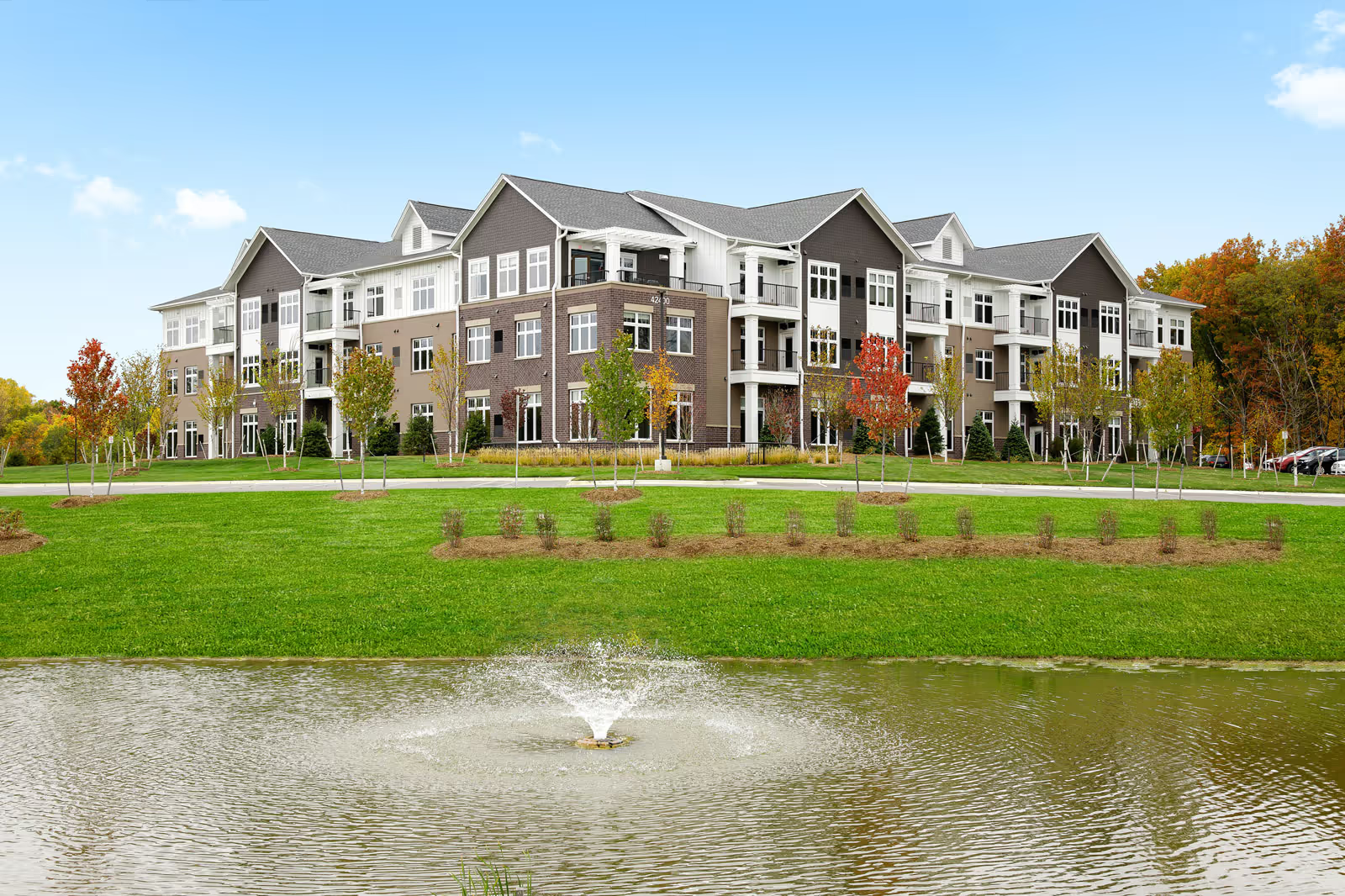Overall sentiment in the collected reviews is sharply mixed, with strong, repeated praise for the facility’s physical environment and for many caregivers, contrasted by serious and recurring concerns about safety, consistency of care, and management responsiveness. A substantial number of reviewers describe Haywood Lodge as clean, warm, and homey, with compassionate and hardworking staff who create a welcoming atmosphere. Multiple families reported excellent experiences—staff they found kind, respectful and professional, effective COVID-era practices, pleasant common spaces, recent renovations, and improved socialization and peace of mind for more independent residents. These positive accounts emphasize exceptional individual caregivers and a generally pleasant environment for residents who require light to moderate assistance.
However, a significant and worrying pattern appears across other reviews. Several reviewers reported major inconsistencies in care quality between shifts: day-shift staff were often described as attentive and skilled, while evening or overnight caregivers were reported as below average, minimally engaged, or short-staffed. Reviewers described unsafe transfers and apparent lack of training that led to injuries (examples given include a chipped tooth, a bruised lip, and a wound on a hand), with family members reporting little to no explanation from staff or administration. Basic personal care lapses—most notably mouth hygiene being neglected—and medication administration described as “hit or miss” further underscore reliability and safety concerns for residents who need consistent nursing care or hands-on assistance.
Staffing and leadership issues are central themes in the negative reports. Many reviews said staff are clearly trying but are stretched thin, which some families view as the root cause of inconsistent care. Others specifically said administration failed to address safety problems, and some allege that issues were swept under the rug rather than remedied. There are multiple accounts of poor communication: unreturned emails and phone calls, an intrusive or frustrating phone system that interposes advertisements and sends calls to voicemail, and a facility manager or nursing leadership being uncooperative or rude in at least one reported instance. A few reports are especially serious—missing valuable personal items placed in safekeeping (rings, a TV), allegations of ongoing misconduct, urgent midnight relocations, and mention of legal action—these represent high-risk red flags that prospective families should investigate further rather than dismiss.
Resident experience and suitability: reviews suggest Haywood Lodge can be an excellent fit for more independent or mobile seniors who benefit from socialization and a warm environment. Multiple reviewers noted residents were comfortable, staff engaged, and the place felt like a good retirement option for those with lower care needs. Conversely, several reviewers explicitly warned that the home is not appropriate for residents with significant physical care demands or memory impairment. Reports of residents being isolated, catatonic, or routinely sitting without meaningful engagement were also noted; combined with staffing concerns, this raises questions about adequacy of programming, activity staffing, and dementia-specialized care.
Facilities and amenities: the physical plant receives consistent praise—many reviewers describe the facility as beautiful, clean, and recently renovated in parts. Rooms are described as small by some, so space-conscious families should verify room sizes during a tour. The overall physical environment often contributes to positive impressions and contrasts with the operational problems that some families encountered.
Patterns and reliability: the reviews collectively describe a polarized experience rather than a uniform one. Positive reports repeatedly reference caring, friendly, and dedicated staff and a warm, well-kept environment. Negative reports repeatedly reference understaffing, inconsistent care (especially during off hours), safety incidents, poor management response, and troubling allegations about property handling and serious neglect in isolated cases. Because of this bifurcation, a prospective family should treat the facility as one that may perform very well under certain staff and management conditions but carry notable risk for residents who require consistent clinical oversight or who are vulnerable to missed care.
Recommendations for prospective families or referral sources: visit the facility multiple times at different hours (including evenings/overnights) to observe staffing levels, staff-resident interactions, and how transfers and personal care are handled. Ask specific questions about staff-to-resident ratios per shift, training in safe transfers and dementia care, medication administration policies and audit results, incident reporting and follow-up procedures, and how personal belongings/safekeeping are documented and protected. Request recent state inspection reports and staffing/incident records, ask for references from current families, and confirm how the facility communicates with families after incidents. If considering a resident with high care needs or memory impairment, strongly consider alternative facilities that specialize in higher-acuity or memory care unless the facility can demonstrate reliable staffing, documented training, and robust oversight.
In summary, Haywood Lodge & Retirement Centers presents as a place that can be excellent in atmosphere and in the quality of care provided by many individual staff members, but it also shows recurrent, serious concerns about consistency, safety, and management responsiveness. Weigh the positive environment and many satisfied family reports against the recurrent themes of understaffing, unsafe practices during some shifts, and administrative shortcomings. Due diligence—thorough visits, direct questions, review of inspection reports, and speaking with multiple families—will be essential to determine whether this facility is the right fit for a particular senior’s needs.







